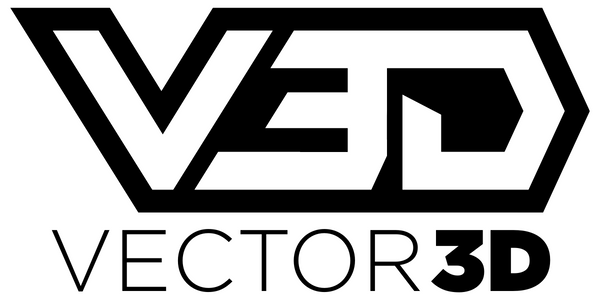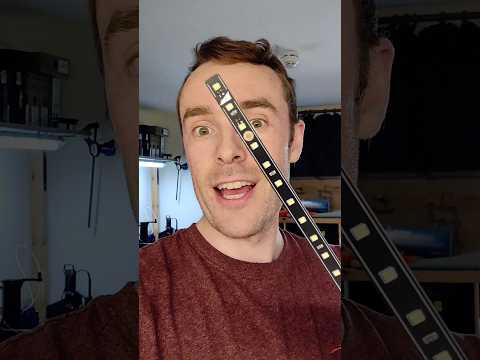Vector 3D
RatRig LED Lighting Strip (Dayspring)
RatRig LED Lighting Strip (Dayspring)
In stock
Couldn't load pickup availability
More info
More info
Specifications
Voltage: 24V
Dimensions: 310 x 11 mm OR 210 x 11mm
Power consumption at maximum power: 5W
The colour temperature: 6000K~6500K (This looks quite natural white)
The operating temperature of the LEDs is -30C to +85C.
LED emission angle is 120°
Connector: JST XH for wires, Dupont for direct PCB chaining.
Recommended Configurations
Dayspring is designed for use with RatRig 3D printers, namely the V-core 3.1 and V-minion but are compatible with any 24V system. You'll need different quantities of each led size depending on the printer size. It is recommended to put LEDs on two sides to get even lighting.
V-minion - 1 x 210mm
VC3.1 200 - 2 x 210mm (one each side)
VC3.1 300 - 2 x 310mm (one each side)
VC3.1 400 - 4 x 210mm (two each side)
VC3.1 500 - 2 x 210mm + 2 x 310mm (one of each on each side)
Connectors needed for joining.
Mounting
I have designed a mounting system for 3030 extrusion which comes with two options, a 45 degree angle, and a 135 degree angle. It is also recommended that you install baffles on the lights, these help keep the light within the machine instead of flooding light everywhere else and blinding you every time you look at it. I think it looks much better too.
We recommend the following to mount a single LED bar to the printed bracket and then mounting to the 3030 extrusion frame:
2 x M3x8mm SHCS
2x M3x10mm SHCS
2x M3 Heat Set Insert (Voron or Ratrig Spec)
2x 3030 Hammer Nut
Chaining
To connect one LED to the next, use the included Dupont pins. They work best with the plastic spacer pressed to be centralised on the pins. Do this BEFORE pressing them into the connectors otherwise you risk bending the Dupont header on the PCB. For the sake of the larger printers, these LEDs can be easily chained directly together. The separation distance of the individual LEDs ensures a uniform spread of light even with joins.
Dayspring Power and Brightness
Since these are high-power LEDs they can produce a lot of heat. I've found that 50% PWM still provides a lot of light and keeps the temperature increase to about 16C. Raising the brightness for short periods such as time-lapse photos would be fine but long periods of operation over the rated temperature will significantly shorten their life. Aim to keep them below 80C.
Downloads
Downloads
Downloads
Mounts
Baffles
Firmware Configuration
Share



Great product works as charm ! Recommend it !
Nice and bright.
Installed on my VC4 500 easily.




